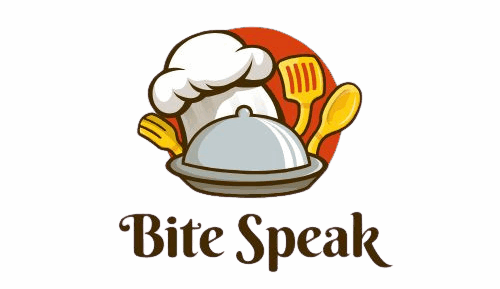10 Practical Ways to Use a Juicer Without Spending Much
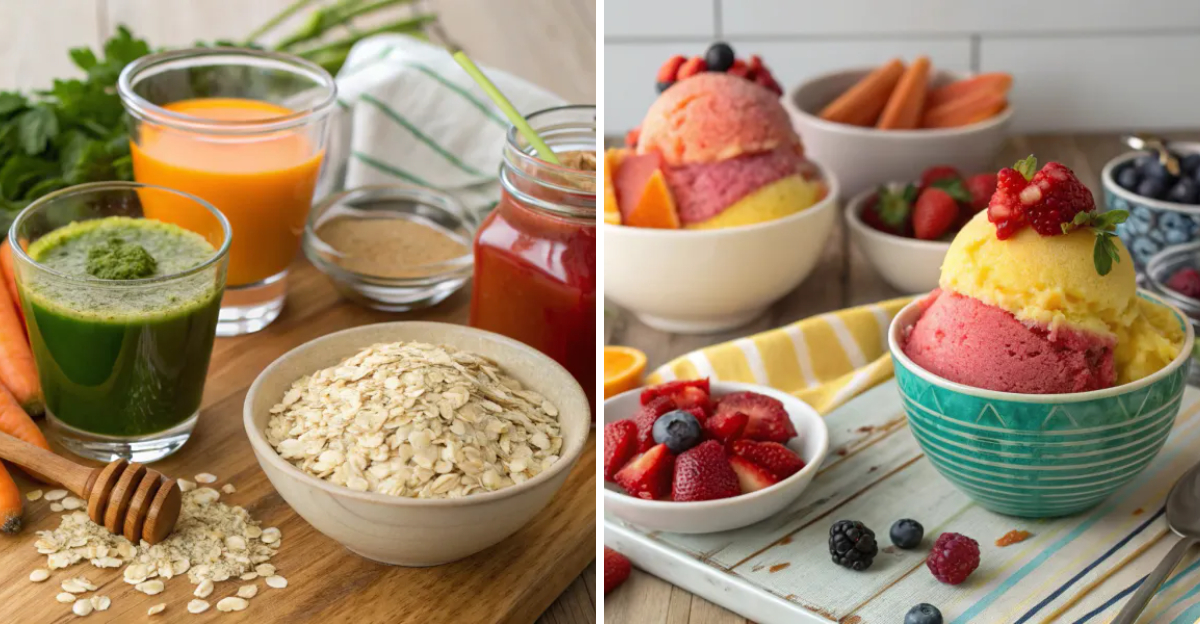
The common perception of a juicer is a tool for crafting morning beverages. However, its capabilities extend far beside this single function. This appliance presents numerous opportunities for household applications, potentially saving money and streamlining daily routines. One area where a juicer proves beneficial is in food preparation. It can be used to prepare food for infants, offering a way to control ingredients and textures. Moreover, a juicer can contribute to making household products. It can be employed to make cleaning solutions.
1. Extract Natural Oils From Citrus Peels

Citrus peels, often discarded after juicing, possess valuable properties for household applications. These peels can be processed to extract natural oils. These oils function as effective cleaning agents. They can dissolve grease on kitchen surfaces and introduce a fresh aroma. Diluting a few drops with water in a spray bottle produces an all-purpose cleaner. Producing essential oils from leftover peels offers similar advantages to commercially available oils, but at a minimal cost.
2. Make Fresh Baby Food in Minutes

Parents often allocate funds for commercially prepared baby food. A juicer offers an alternative for producing fresh food at home. Steaming soft vegetables such as sweet potatoes, carrots, or peas, followed by processing them through a juicer, yields a smooth consistency. This method allows parents to manage the ingredients, excluding preservatives or added sugars. The resulting texture is appropriate for infants beginning to consume solid foods. Freezing portions in ice cube trays provides a convenient meal preparation method, potentially reducing expenses compared to purchasing pre-made options.
3. Create Smooth Nut Butter at Home
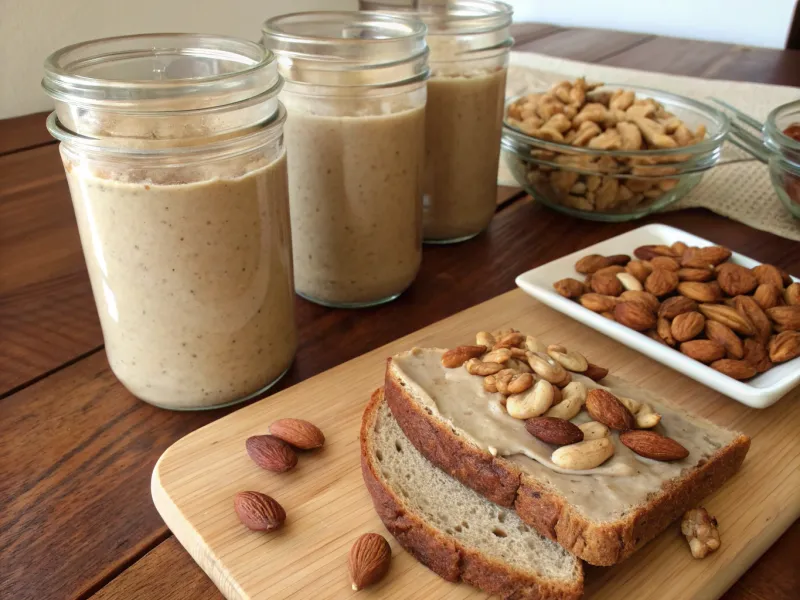
Homemade nut butter offers a cost-effective and pure alternative to commercially produced options. Store-bought versions often include oils and preservatives, increasing their price. Using a juicer, individuals can process soaked nuts into smooth spreads. To prepare, soak almonds, cashews, or peanuts overnight to soften them. Then, gradually feed small portions through the juicer. This method yields fresh nut butter, free from additives and chemicals. This approach provides savings compared to purchasing premium natural nut butters. The final product can be stored in the refrigerator for up to two weeks.
4. Whip Up Natural Face Masks

Cucumber, tomato, and carrot juices provide an excellent foundation for DIY face masks. Freshly extracted juices from these vegetables can be combined with oatmeal or honey to address diverse skin needs. Cucumber juice offers a soothing effect for irritated skin. Carrot juice delivers vitamins that can assist with dryness. Tomato juice aids in balancing oily skin through natural means, avoiding synthetic substances. These treatments are an economical alternative to costly spa products, offering complete control over the ingredients used.
5. Process Frozen Fruits Into Sorbet
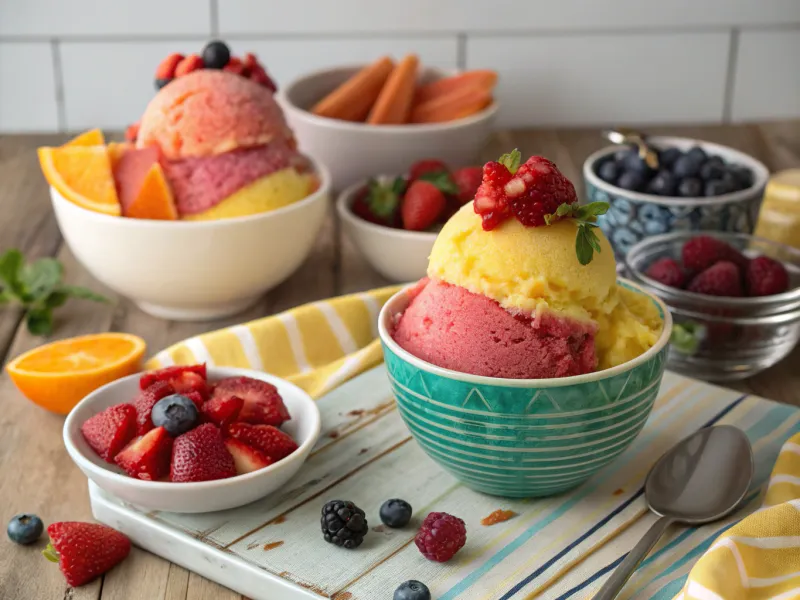
Making sorbet at home offers a refreshing alternative. This method avoids expensive ice cream shops and utilizes frozen fruits. The process begins with freezing fruits like mangoes, berries, or peaches overnight. Once frozen, feed the fruit directly through a juicer. The machine processes the fruit, resulting in a cold and creamy dessert. This method provides a healthy dessert option, suitable for children. Experiment with various fruit combinations. Lemon juice can be added to boost the flavors.
6. Prepare Fresh Tomato Sauce From Scratch
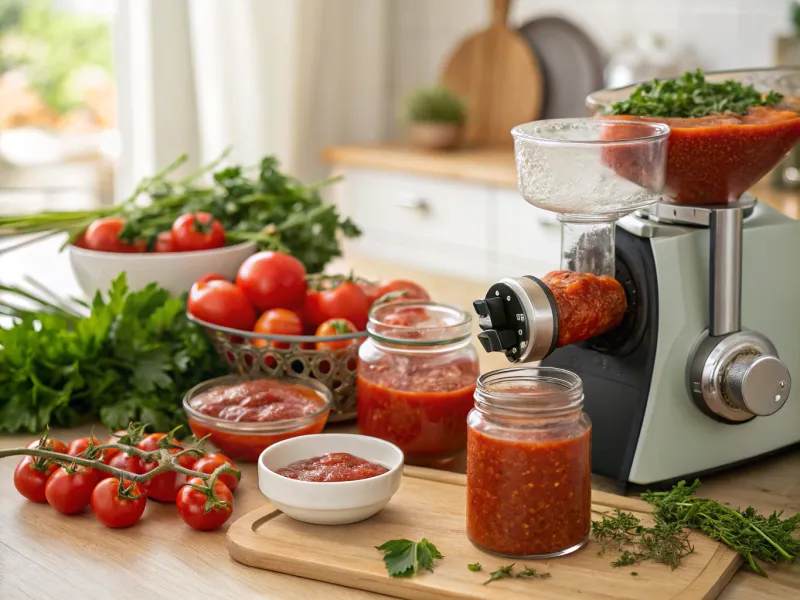
Fresh tomato sauce surpasses canned versions in flavor and cost-effectiveness. To begin, use a juicer to process fresh tomatoes into a smooth sauce. For optimal results, blanch the tomatoes in hot water to remove the skins before juicing. Incorporating herbs such as basil or oregano during processing will enhance the flavor profile. Consider preparing large quantities when tomatoes are in season. Freeze the sauce in portions for future use. This method offers a superior sauce at a lower expense.
7. Create Fresh Juice Popsicles
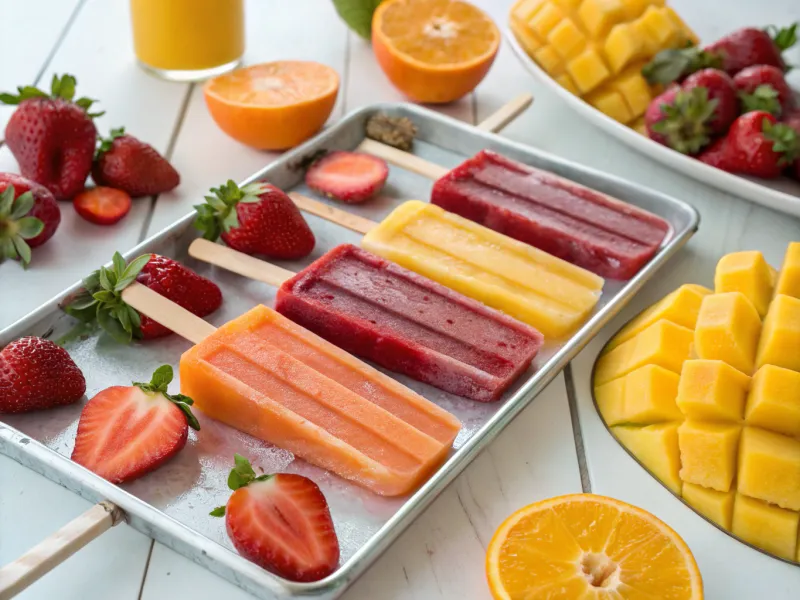
Reduce the heat this summer with a simple and refreshing treat: homemade juice popsicles. This method offers a healthy and enjoyable way to cool down on warm days. The process begins with extracting juice from a selection of preferred fruits. The resulting juice serves as the foundation for the popsicles. Next, the juice is carefully poured into popsicle molds. To enhance the texture and visual appeal, consider incorporating pieces of fruit into the molds before freezing. The molds are then placed in the freezer overnight. The result is a frozen treat, offering a refreshing experience.
8. Grind Spices Into Fresh Powder
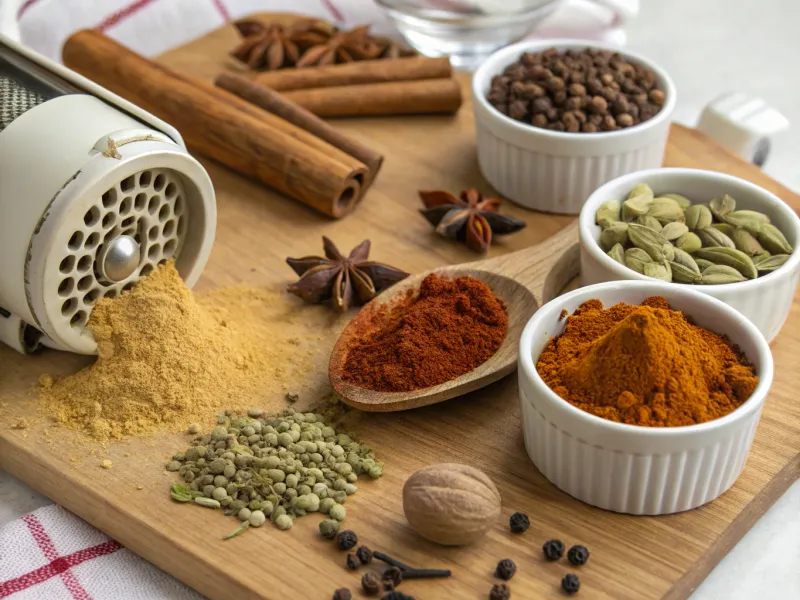
Whole spices offer enhanced freshness and cost-effectiveness compared to pre-ground alternatives. However, they require processing before incorporation into dishes. A juicer can be utilized to process small quantities of dried spices such as cumin, coriander, or peppercorns. By processing small batches, freshly ground spices can be obtained. These offer enhanced flavor compared to commercially available pre-ground spices. The potent flavors from freshly ground spices mean that less seasoning is required, thereby extending the spice budget and enhancing the quality of the culinary outcome.
9. Make Creamy Hummus Without a Food Processor
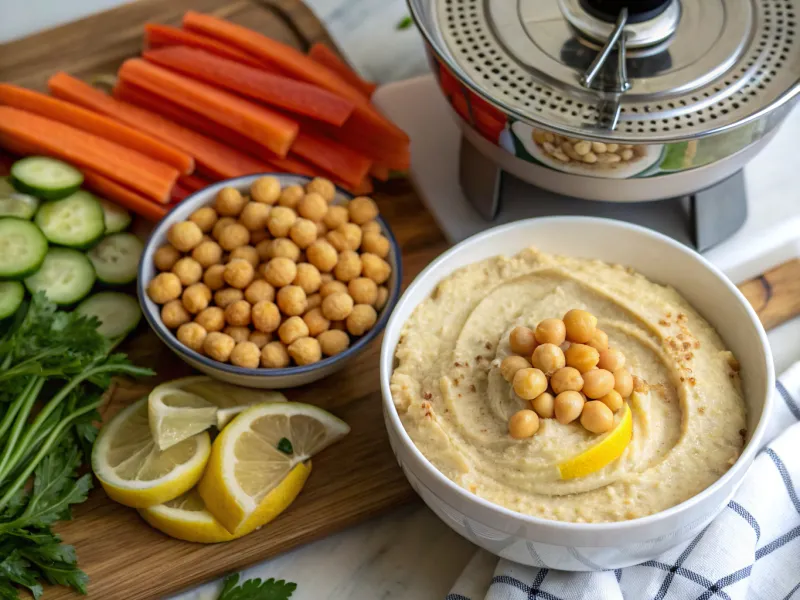
Preparing hummus at home offers a cost-effective alternative to store-bought options. Utilizing a juicer simplifies the process. Begin by soaking chickpeas overnight, followed by cooking them until they soften. Process the cooked chickpeas in the juicer, incorporating tahini, lemon juice, and garlic. This method yields a smooth, creamy hummus. Variations can be explored by introducing flavors such as roasted red pepper or herbs. A single batch can supply snacks for a week, reducing expenses compared to purchasing pre-made hummus.
10. Transform Herbs Into Concentrated Pastes
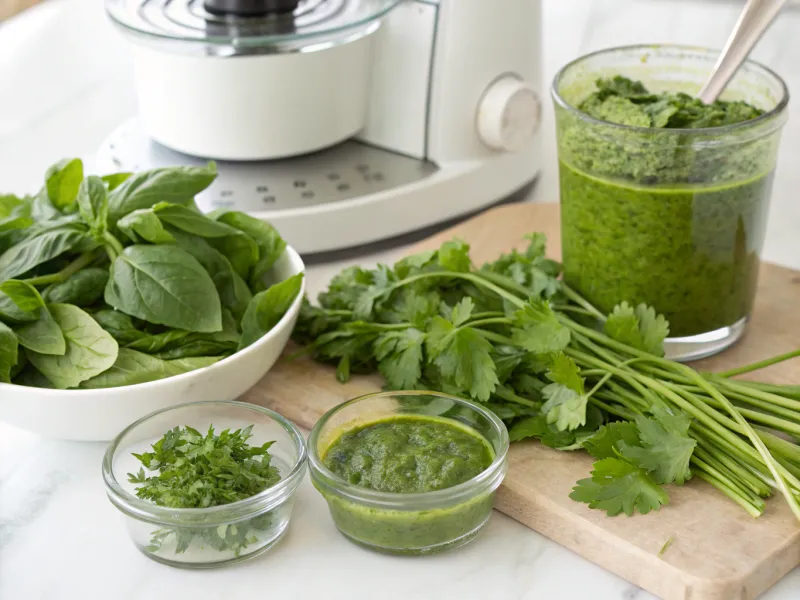
Fresh herbs, known to lose their freshness quickly, can be preserved using a juicer to make concentrated pastes. This method is particularly effective for herbs such as basil, cilantro, and parsley. To prepare the pastes, process substantial bunches of herbs with a small quantity of oil. This process results in thick pastes that retain their flavor for extended periods when stored in the refrigerator. These herb pastes provide intense flavor to various dishes. A small amount of paste can enhance soups, stews, and sauces. This method ensures that fresh herbs are fully utilized, preventing spoilage.
